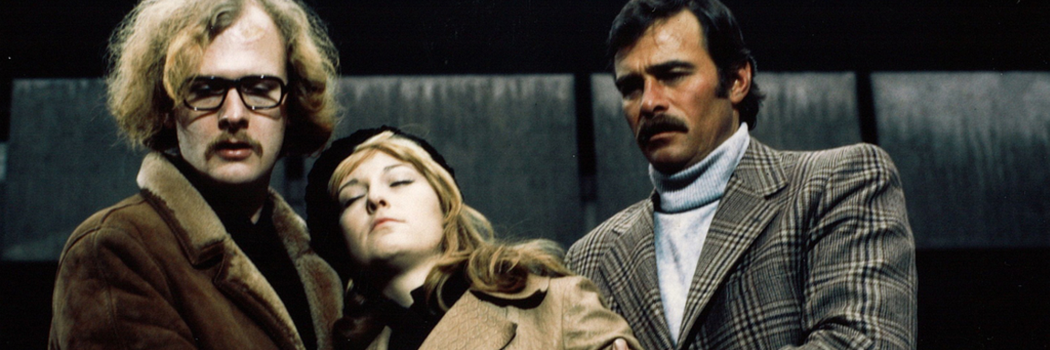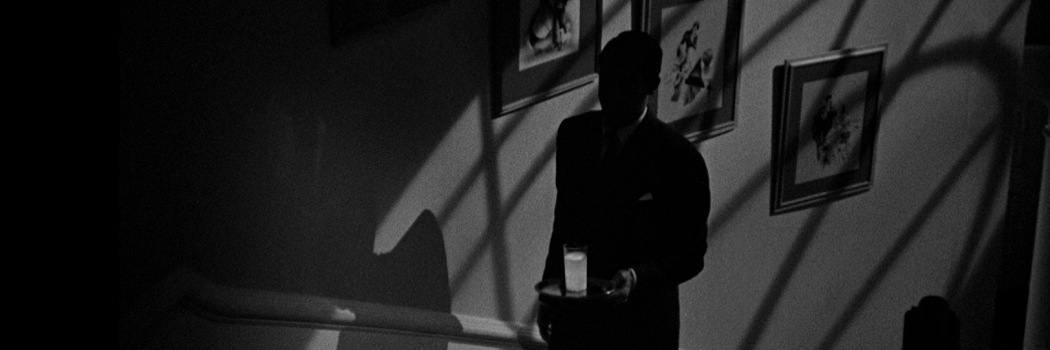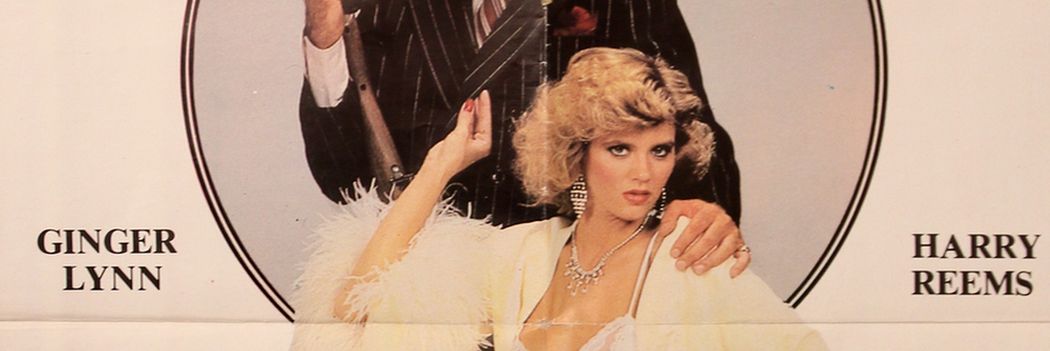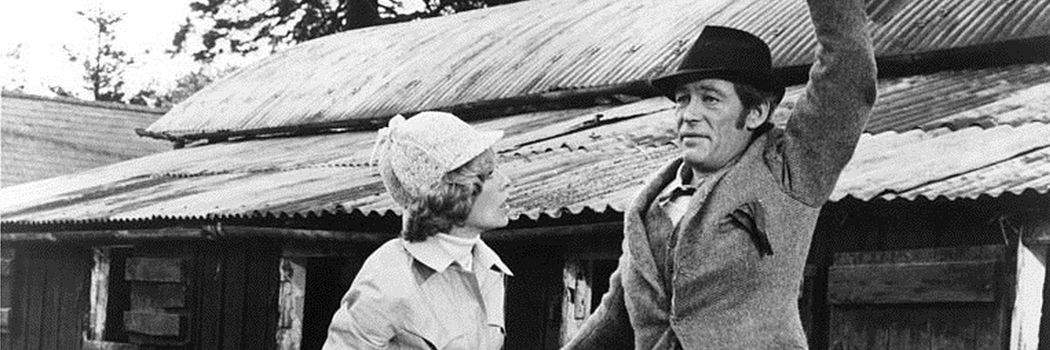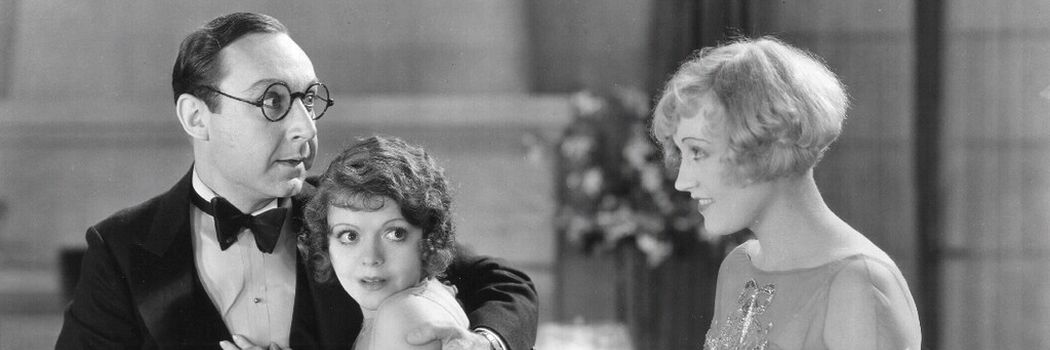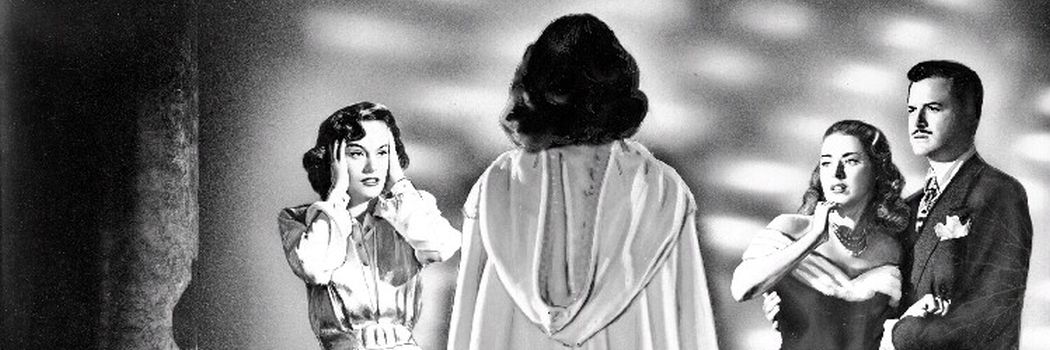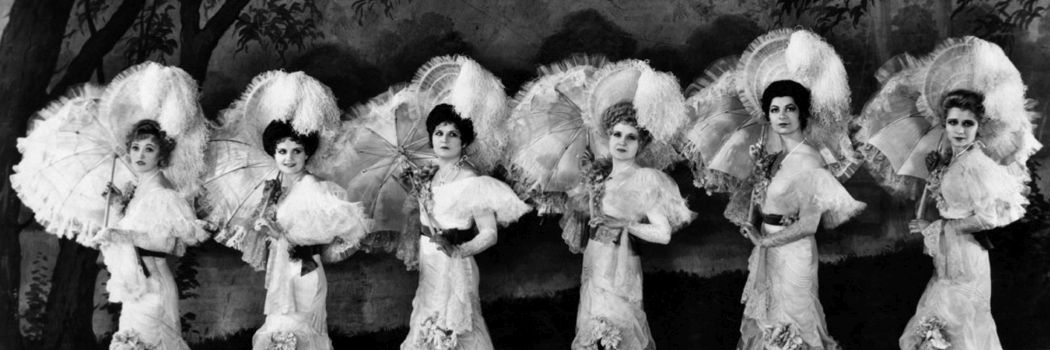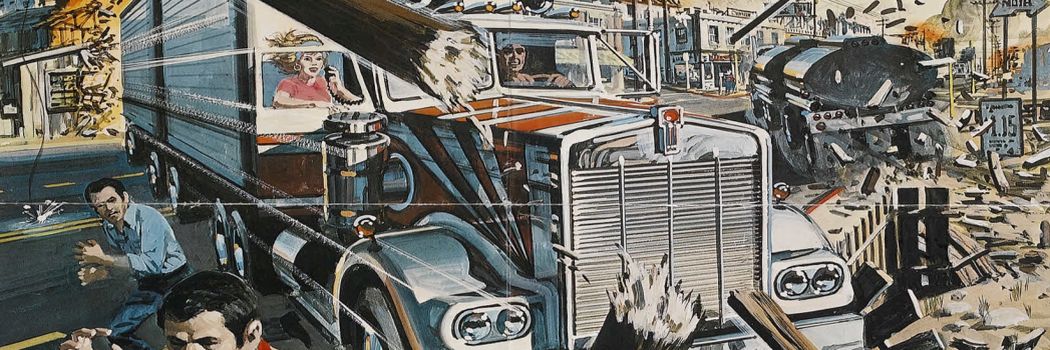The big surprise here is that, despite its many flaws, The Man and the Moment is still a lot of fun to watch. Maybe not entirely for the reasons it was meant to be fun — La Rocque channels Franklin Pangborn a lot and I find that charming and fascinating — but at this late date, who’s to quibble? Just being able to watch the film is a fantastic thing.

